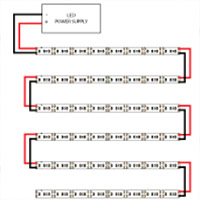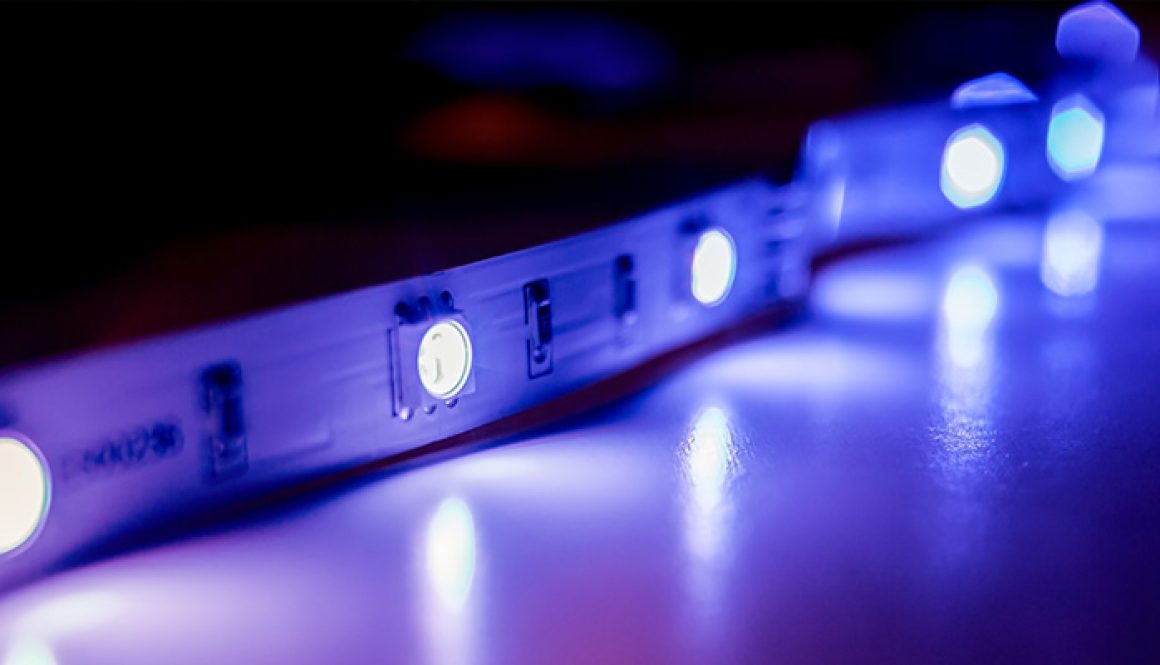Wiring Do’s & Don’ts
It is very important to follow these rules when witing an LED sign correctly.
Use Stranded Wire
With stranded wire you get more intimate contact, thus reducing voltage drop and power losses. Poor connections can rob a system of a significant portion of the power being produced. Stranded wire will compress and flatten out which increases the contact area. This reduces the voltage drop and minimizes heating at the connection.
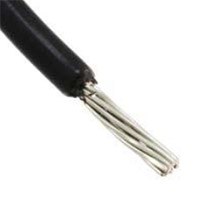
DO NOT Use Solid Wire
When using solid wire in a low voltage system you will notice, at best, that you will have three small contact areas between the solid wire and the device connection when using a typical screw down terminal. This also applies to power distribution blocks or wire nuts where you have only two contact areas, that can cause a heating connection.
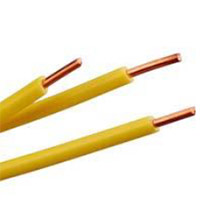
Use Clean, Straight Wire Leads
Having clean and straight wires is important to any LED installation. If your wires are clean and straight you will get the best possible connection and reduce voltage drop. If you want you can solder the ends of your wires to keep them together and know you are getting sufficient contact on your connections.
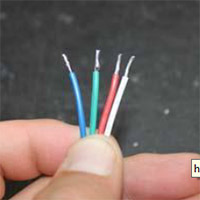
DO NOT Fray Wire Leads
When your wires are frayed and going in all directions you are at risk of multiple wiring issues. First of all you will notice voltage drop if only a few pairs of your stranded wire are making electrical contact, secondly you are putting your installation at risk for an electrical short and potential fire hazard.
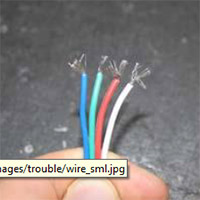
Heat Shrink or use Connectors
When connecting two wires together it is always best to use the proper wire connectors or solder your wire together and apply heat shrink to protect. There are a variety of wire connectors for different types of wires so it is critical that your connectors are made for the wire you are using and securely fastened.
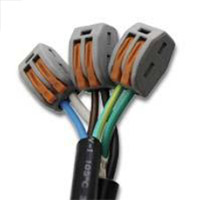
DO NOT Leave Bare Wire Splices
When wiring your LED Lighting project it is very important to not leave any of your wire splices exposed. Leaving bare wire splices exposed puts your installation at risk for an electrical short and potential fire hazard. Always use proper wire connectors and never leave bare wire splices exposed.
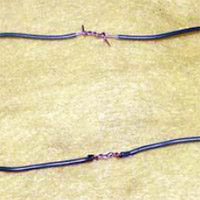
Use Wire Splitters
A common mistake people make when wiring LED lighting products is trying to simplify the installation by jamming 10 wires into a wire nut or phoenix connector. Instead of doing this it is better to use multiple wire splitters, terminal blocks, or solder wires together to split your wires, rather than try and overload a wire connector which can be a serious fire hazard.
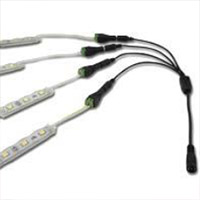
DO NOT Overload Wire Connectors
Overloading wire connectors is the most common mistake when installing LED lighting products. When there are too many wires in a connector that is designed for a single wire this can cause serious fire hazard issues if a short occurs or the wires begin to arc. It can also cause voltage drop issues if some wires have a more secure connection than others.
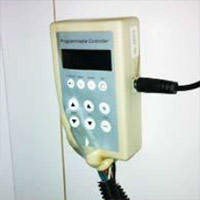
Use Parallel Connections
When installing larger LED installations or installations with a lot of wire running to multiple locations it is a must to wire your lights in parallel to the controller or power supply to reduce voltage drop. Think of a parallel connection as your LED lights running independently back to the power source, or run a home run wire to your power supply and splice into that wire at your different wiring locations. Test with a multimeter to check for voltage drop.
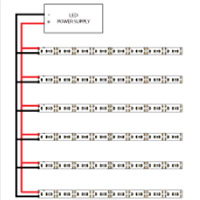
DO NOT Use Serial Connections
For first time LED installers serial connections seem like common sense when wiring your LED lights. What people don’t realize is that each little LED and it’s components takes a bit of voltage away from the next in a series. So the longer you run your LED lights in a series the more voltage drop that is going to occur and the less even your lighting will be. If you are installing lights over 20ft or in multiple locations always use parallel connections.
